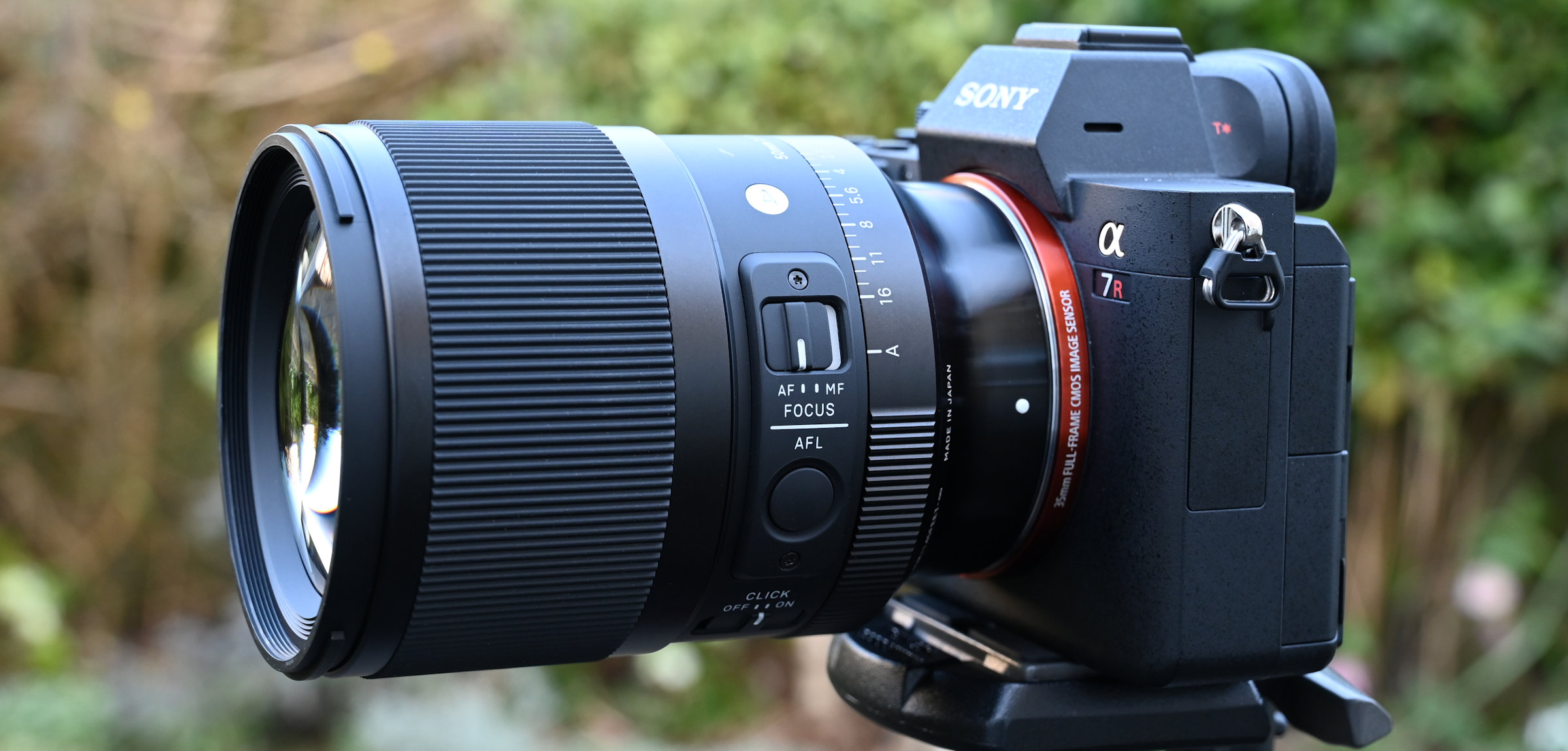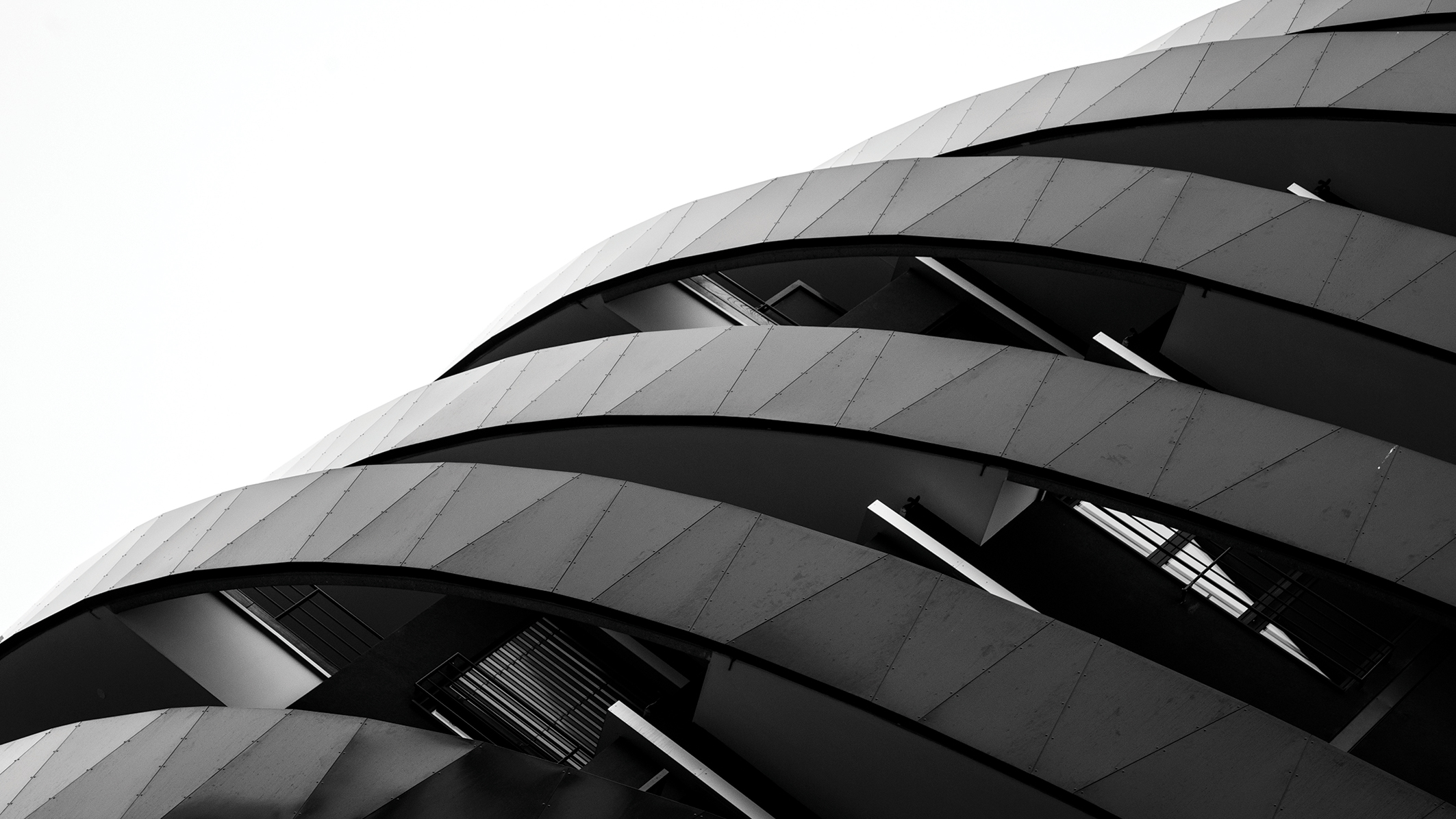Digital Camera World Verdict
The new and improved Sigma 50mm DN Art lens for Sony E and Leica L mount shaves some of the size and weight off the previous ‘DG’ edition, while going extra-large on performance. It has quicker autofocus, a host of handling refinements and image quality to die for, combining epic sharpness even wide-open at f/1.4 with beautiful bokeh. Even so, it’s still a big lens for a ‘nifty fifty’ and relies a little on in-camera correction for pincushion distortion.
Pros
- +
Spectacular image quality
- +
Great handling
- +
Robust, weather-sealed construction
Cons
- -
Big for a 50mm f/1.4
- -
Noticeable distortion when uncorrected
Why you can trust Digital Camera World
There’s quite a history behind the Sigma 50mm F1.4 DG DN Art. Its heritage includes the 50mm F1.4 DG HSM for DSLRs, which launched back in February 2014 as the second ‘Art’ prime in the company’s Global Vision line-up of Art, Contemporary and Sports lenses. As such, it puts artistic expression at the head of the design criteria, with no concessions to minimizing size and weight. The DG was and is an excellent lens, but it’s physically about 50 per cent longer and 60 per cent heavier than Sigma’s previous 50mm f/1.4 lens, which itself was no lightweight. The DG lens was later adapted to make it available in Sony E and Leica L mount options for mirrorless cameras, but that made the physical length even longer. The new ‘DN’ version has been redesigned from the ground up for mirrorless E and L mount cameras, gaining a host of impressive upgrades in the process.
Specifications
Mount: Sony E (FE), Leica L
Full-frame: yes
Autofocus: yes
Stabilization: yes
Lens construction: 14 elements in 11 groups
Angle of view: 46.8 degrees
Diaphragm blades: 11
Minimum aperture: f/16
Minimum focusing distance: 0.45m
Maximum magnification ratio: 0.15x
Filter size: 72mm
Dimensions: 78x110mm
Weight: 670g
Key features
Whereas Sigma’s ‘Contemporary’ lenses are designed to be relatively compact and lightweight, the ‘Art’ lenses in the Global Vision line-up are less compromising. They aim to deliver the highest standards of image quality to suit the most demanding creative photographers. This 50mm prime has a particularly complex optical layout for a ‘nifty fifty’, based on no less than 14 elements in 11 groups. The layout include three aspherical elements and one SLD (Special Low Dispersion) element, with the overall aim of enhancing color rendition, contrast and edge-to-edge sharpness while minimizing aberrations that include sagittal coma, astigmatism and field curvature.
For many creative photographers especially when shooting portraits and still life images, the quality of bokeh is every bit as important as outright sharpness. Again, the characteristics of the optical design focus on this, so to speak, while the aperture diaphragm is based on 11 curved blades compared with the 8 blades of Sigma’s previous 50mm Art lens. As such, the aperture remains more well-rounded when stopping down from f/1.4, and defocused lights and other bright spots don’t take on such a noticeable geometric outline.
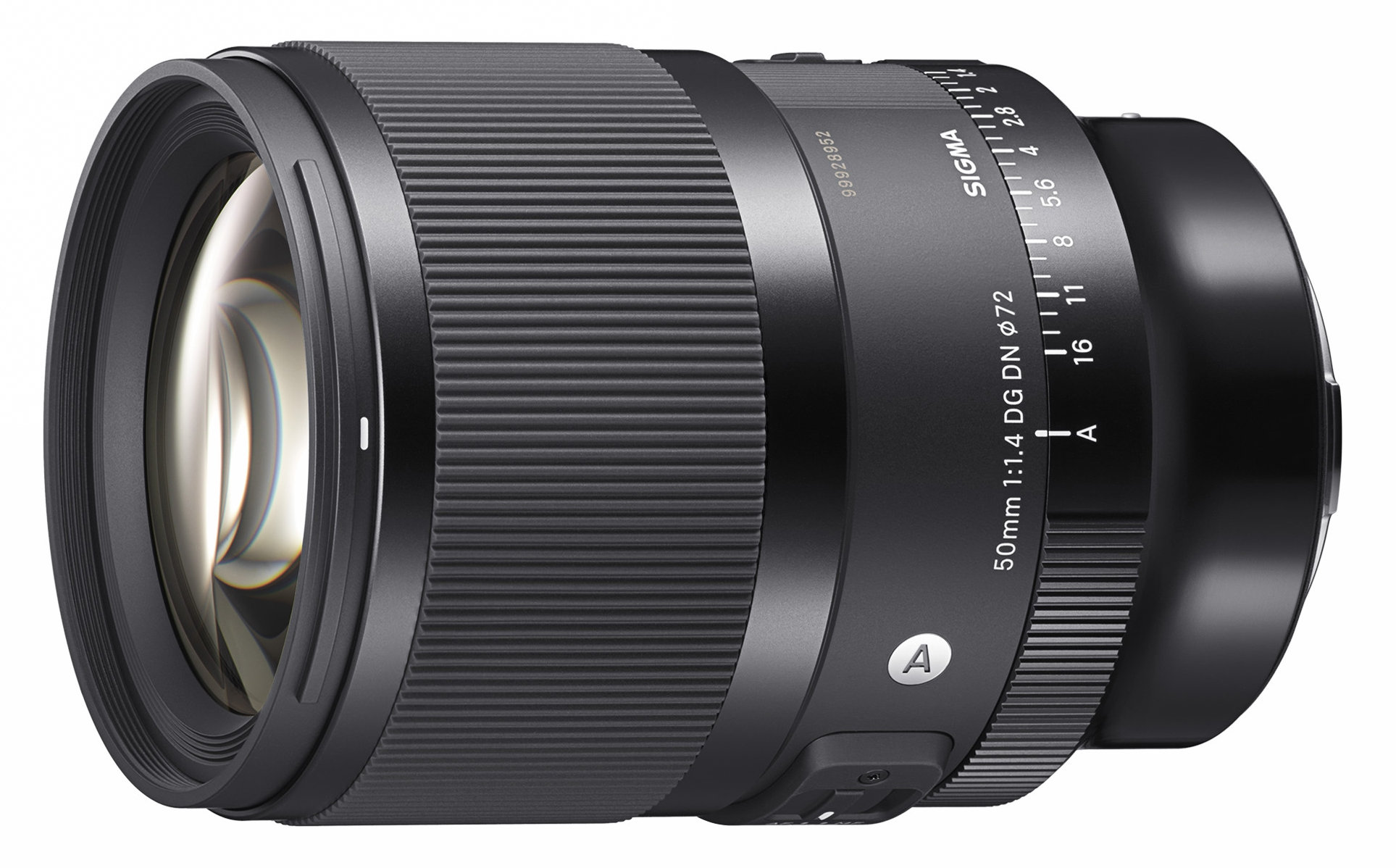
There was certainly nothing wrong with the DG lens’s autofocus speed, which was based on a conventional ring-type ultrasonic system. More in line with recent designs for mirrorless cameras, the DN edition features a new HLA (High-response Linear Actuator) autofocus motor. As a linear stepping motor, it’s typically swift for stills while giving the additional bonus of smooth rather than jerky autofocus transitions when shooting movies, along with virtually silent operation. Autofocus speed is also enhanced by the fact that just one optical element is moved during focusing. It’s actually an element that has a complex double-sided aspherical design.
Build and handling
Build and handling are much improved over the previous DG edition of the lens. As one of Sigma’s first Art lenses, the DG version was very well engineered but lacked any weather-seals. The DN lens puts that to rights with a comprehensive set of seals on its coated brass mounting plate and around all the joints in the barrel, including control rings, switches and function button. Sigma’s high-grade TSC (Thermally Stable Composite) plastic is used in the construction, which helps to maintain uniform levels of expansion and contraction with metal parts in the lens, during temperature changes.
Designed specifically for mirrorless lenses rather than being adapted from a DSLR lens, the DN edition is still much larger than most old-school 50mm f/1.4 primes. Measuring 78x110mm, it’s actually 10mm longer than the original DG lens for DSLRs, although it’s shorter than the adapted E and L mount DG version for mirrorless lenses. It’s also rather lighter in weight, tipping the scales at 670g compared with the original lens’s 815g.
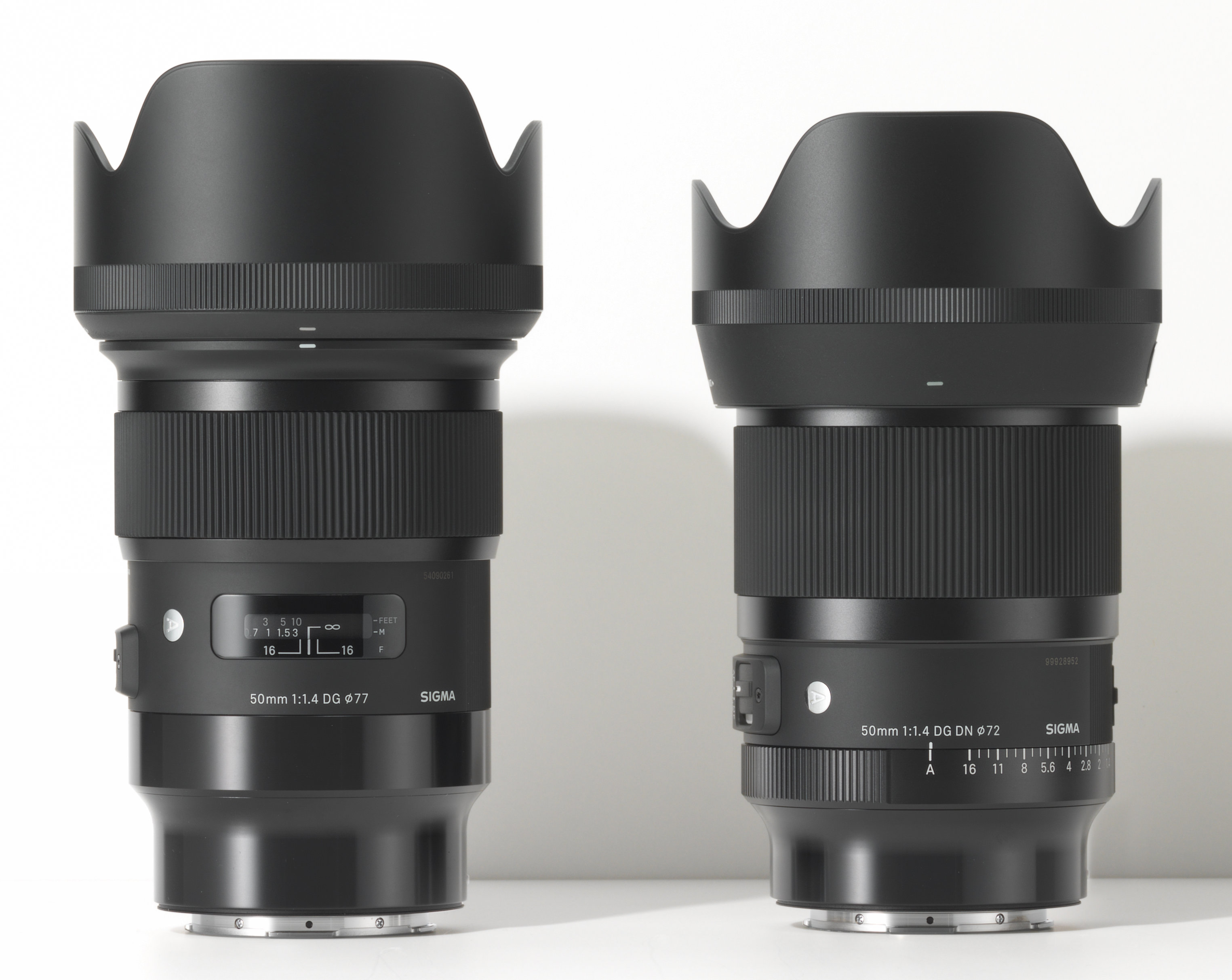
There weren’t really any fancy frills in the DG lens in terms of handling, but there are plenty packed into the DN edition. The electronically coupled manual focus ring works with smooth precision and can be assigned other functions when you’re shooting in autofocus mode, as well as enabling full-time override of autofocus.
The DN also adds an aperture control ring which operates in one-third f/stop click steps for stills and comes complete with a ‘de-click’ switch to enable stepless control when shooting movies. A locking switch is also fitted so that you can lock the aperture ring in it’s a (Auto) position, avoiding any accidental rotation when you’re controlling the aperture from the host camera. It’s useful when you’re shooting in Program AE and Shutter-priority modes, or just want to use the relevant camera control dial. An AF-L (Autofocus Lock) button is also featured and you can customize its function where alternative options are available via the host camera’s menus.

The lens is supplied with high-quality petal-shaped hood and a padded soft case. The Leica L-mount version is also compatible with Sigma’s optional USB Dock for applying firmware updates and customization.
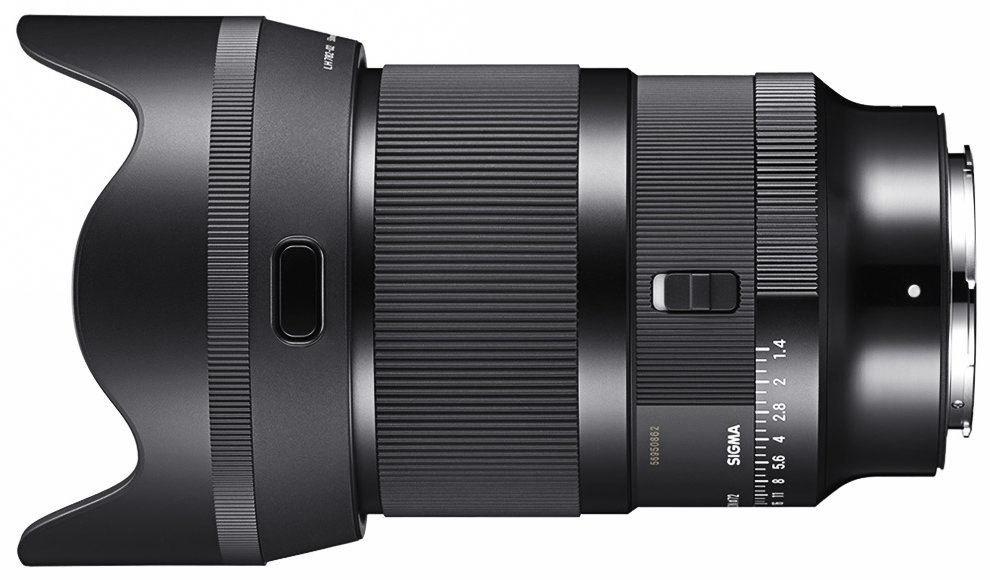
Performance
Performance is absolutely outstanding in terms of sharpness and clarity. Epic levels of sharpness are maintained even when shooting wide-open at f/1.4, not just in the central region of the frame but right out to the extreme edges and corners. The new DN lens easily steals a lead on the former DG edition in this respect. Autofocus performance lives up to its billing, with an excellent turn of speed and it’s virtually silent in operation. Manual focusing is very smooth and allows for very fine adjustments.
Lateral chromatic aberration is even better controlled in the DN lens compared with its forebear, which was already very good. As such, there’s virtually no color fringing to be seen towards the edges and corners of the frame. Axial chromatic aberration is also minimal, so there’s very little fringing around high-contrast edges in scenes that fall just in front of or behind the plane of focus. Resistance to ghosting and flare is again impressive. Bokeh is lusciously soft and dreamy. We noticed some ‘onion ring’ effect with the DG lens in defocused lights and bright spots but this is much more minimal in the DN lens.
When shooting at f/1.4, vignetting is noticeable towards the corners of the image frame. That’s not an altogether bag thing, as it can give an attractive look to many types of image, including portraits and still life shots. And if you’d rather have a more uniform level of peripheral brightness, in-camera correction for vignetting is available. The lens relies more heavily on in-camera correction for distortion, as is the case with the majority of recent lenses designed for mirrorless cameras. Whereas the previous DG edition was essentially a zero-distortion lens, the DN exhibits noticeable pincushion for a 50mm prime, when auto correction is disabled. All in all though, image quality and all-round performance are absolutely fabulous.
Sample images
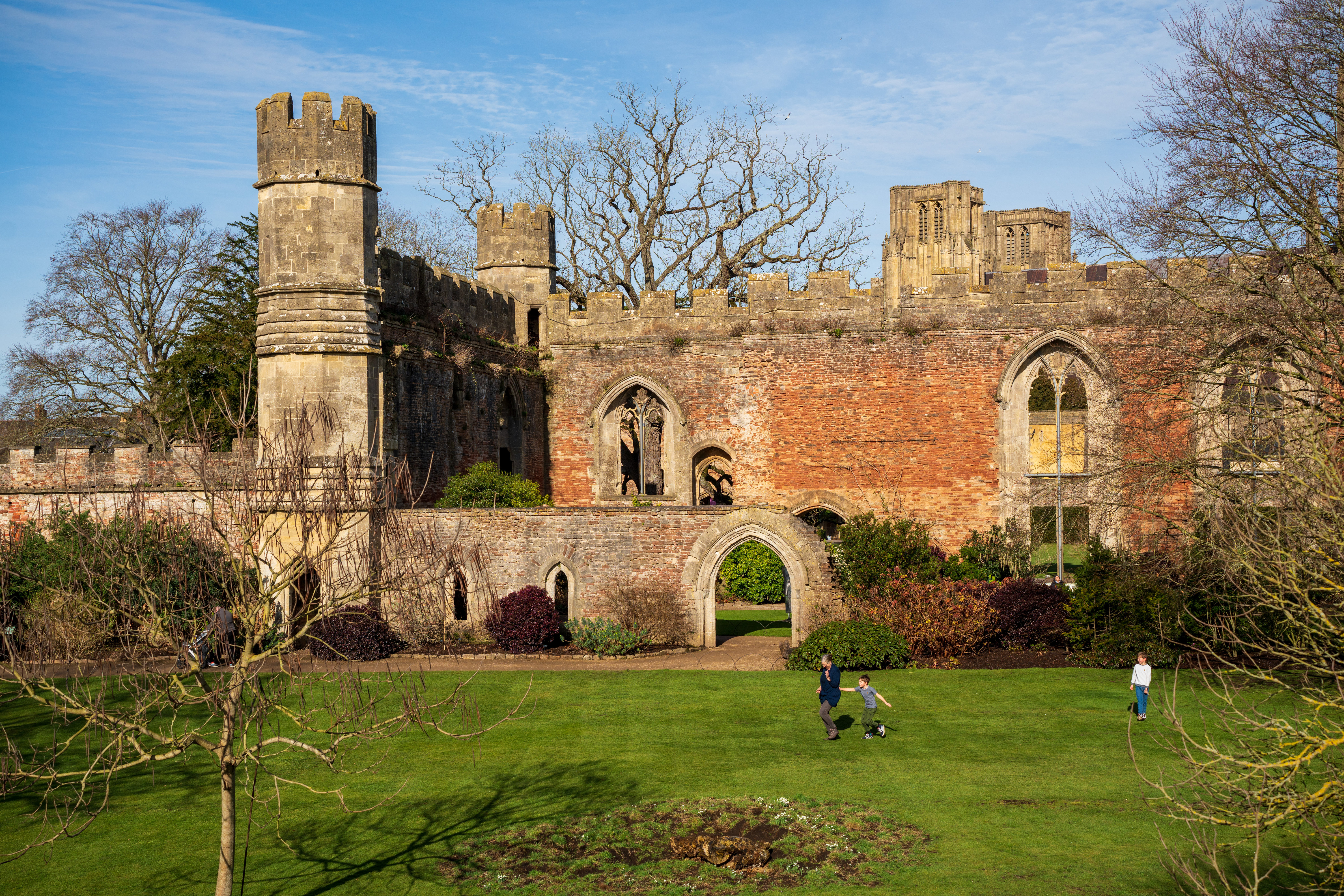

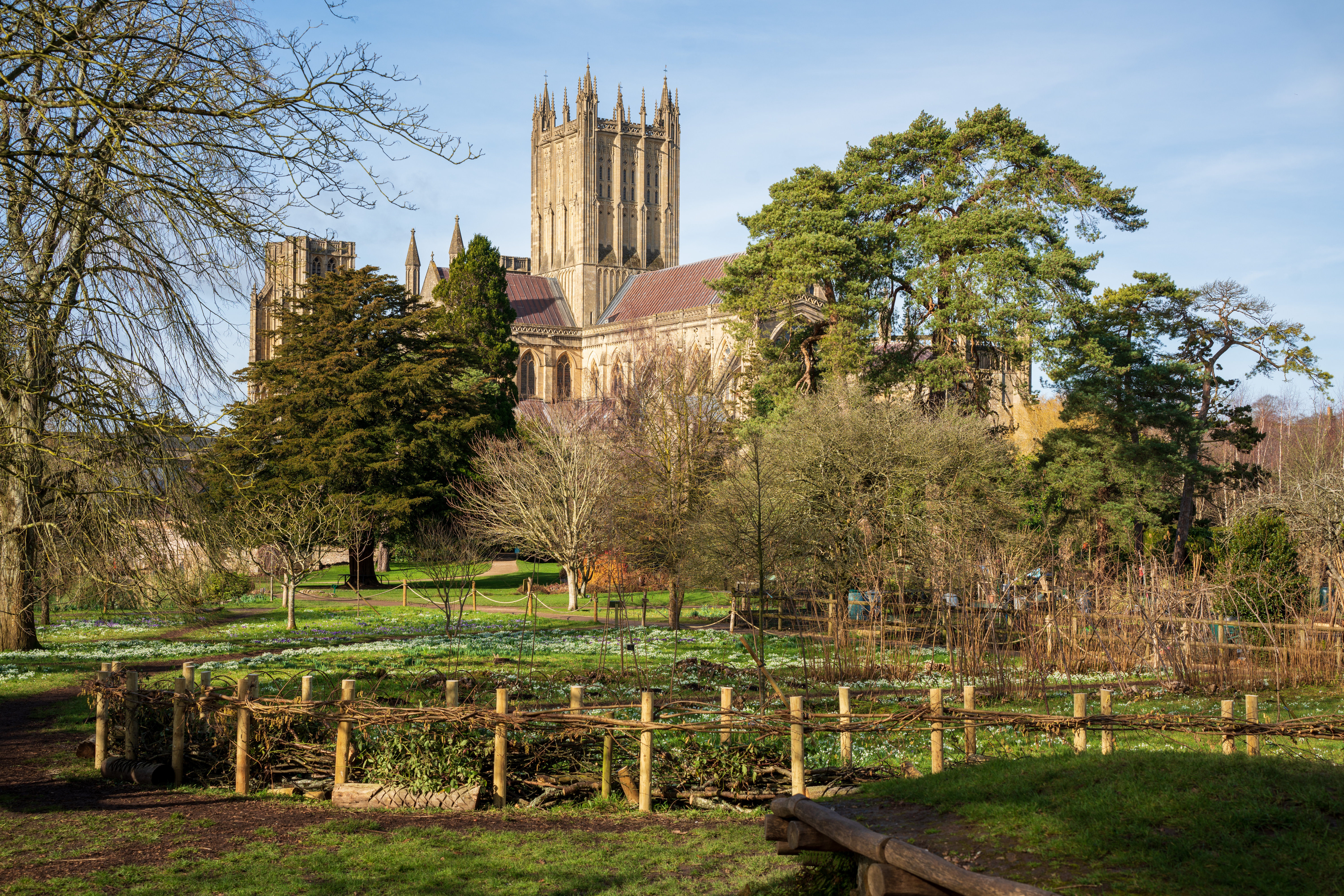
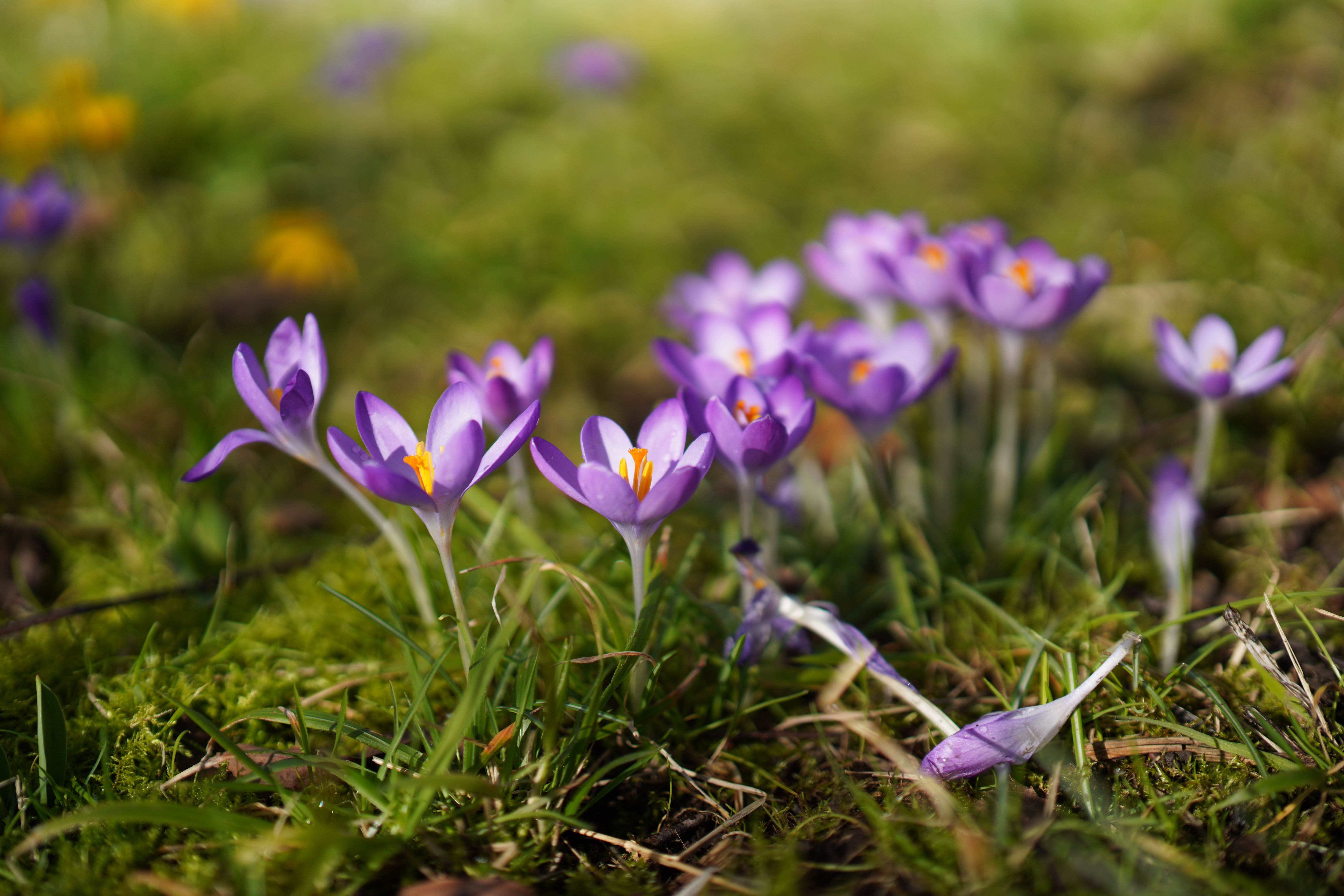
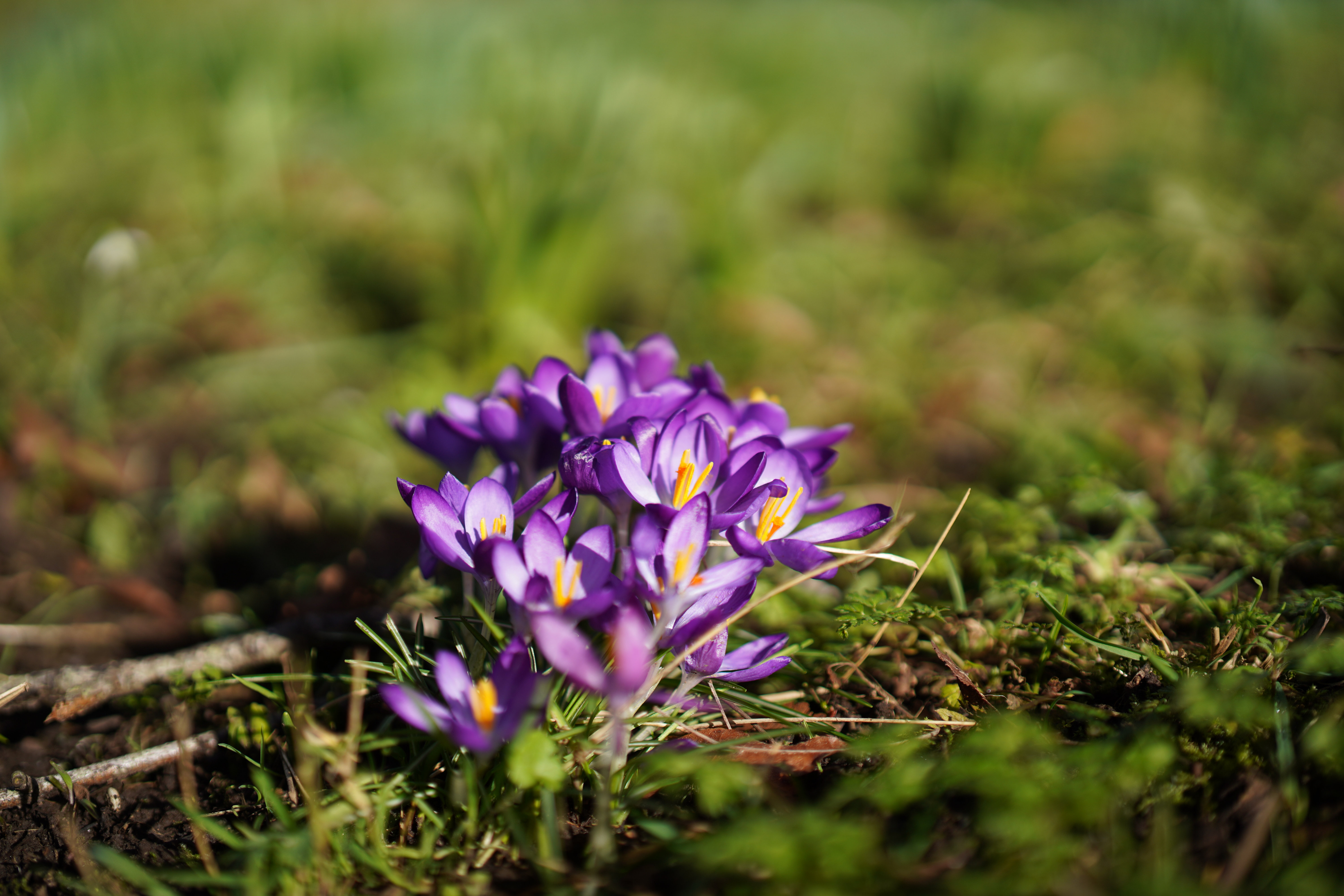
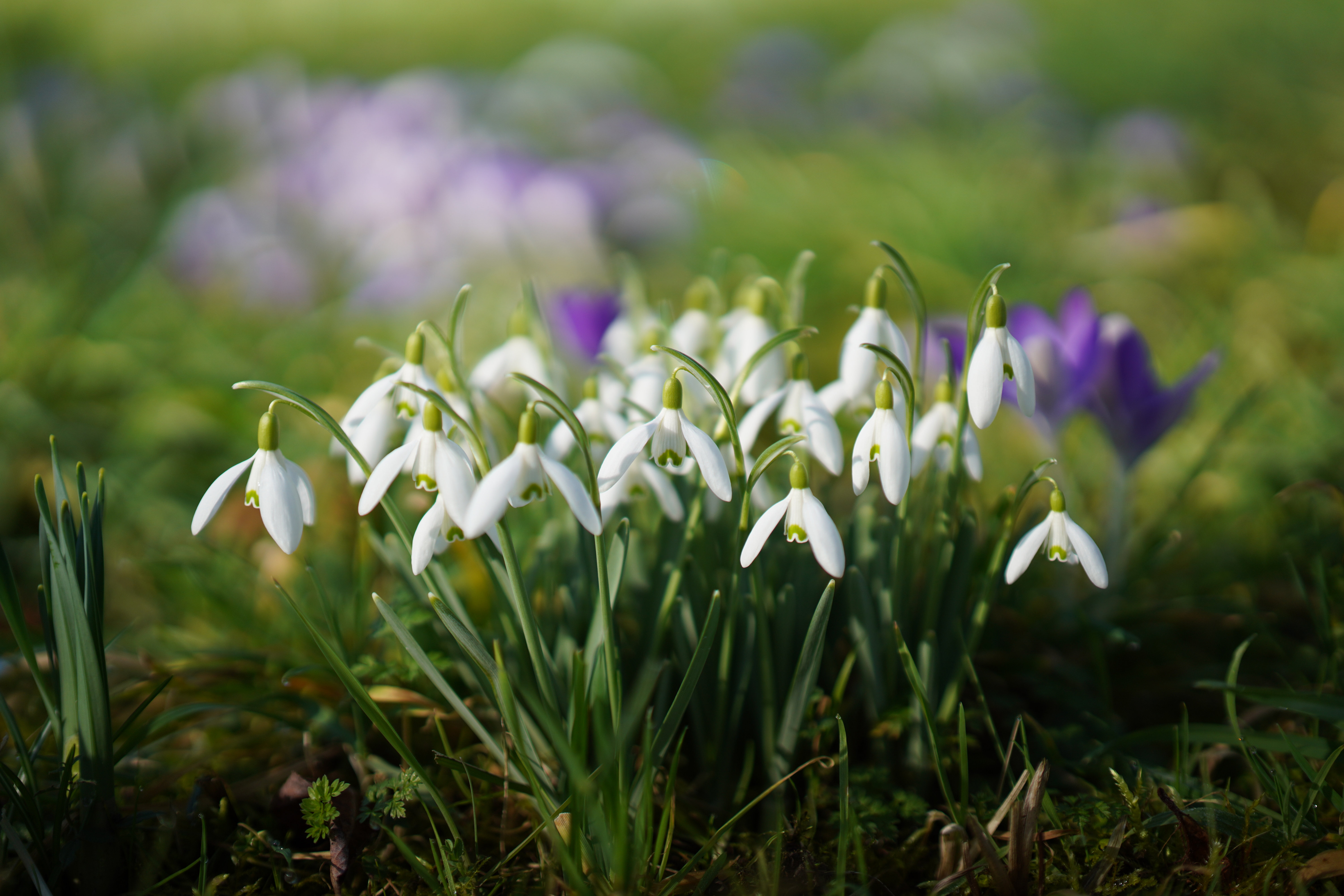
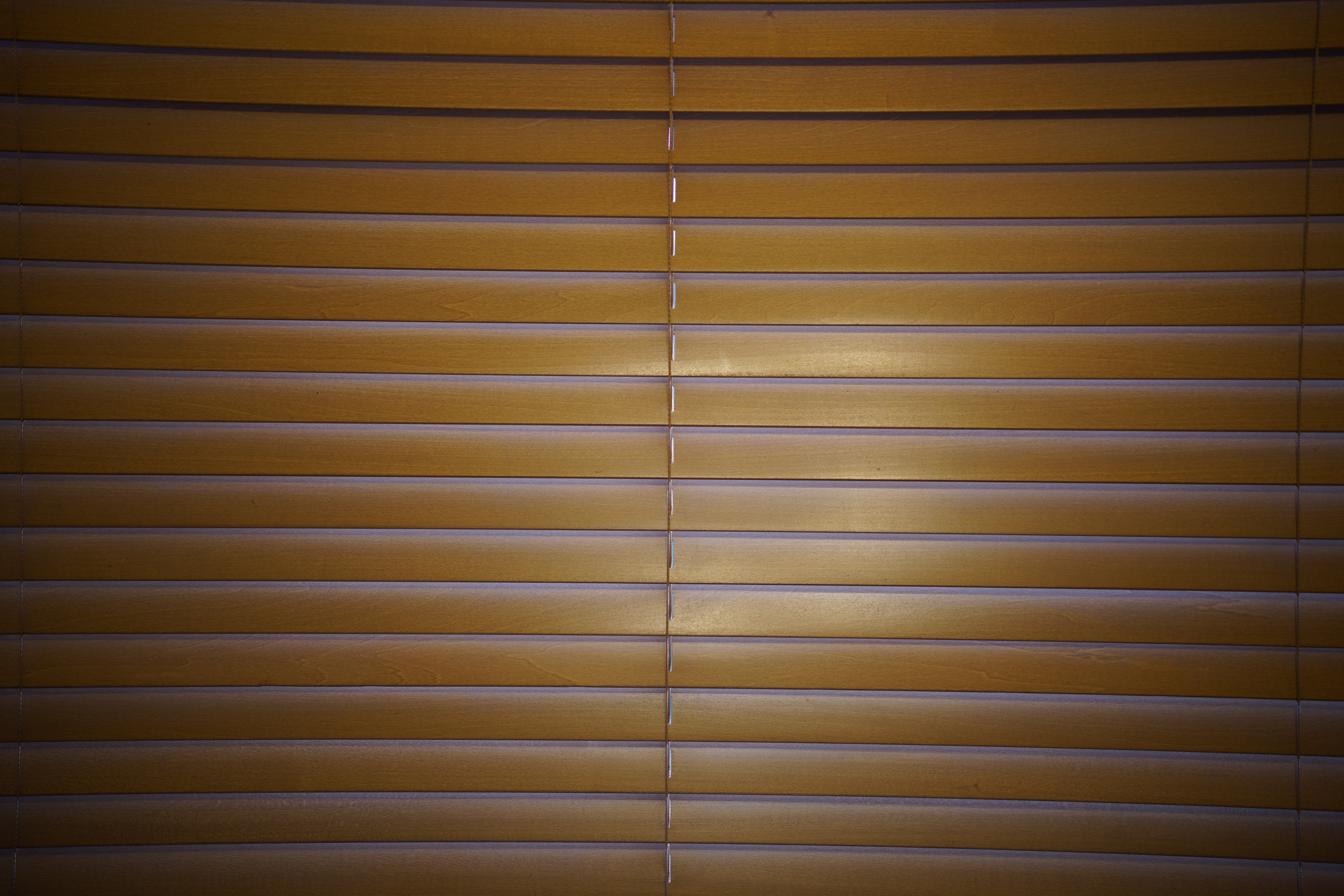
Vignetting & distortion
As shown in this pair of comparison images, vignetting is quite noticeable at f/1.4 and there’s quite severe barrel distortion for a 50mm prime lens. The shots were taken with automatic in-camera corrections disabled and enabled.

Vignetting & distortion
As shown in this pair of comparison images, vignetting is quite noticeable at f/1.4 and there’s quite severe barrel distortion for a 50mm prime lens. The shots were taken with automatic in-camera corrections disabled and enabled.

Bokeh in defocused fairy lights
This set of three images of defocused fairy lights were shot at f/1.4, f/2 and f/2.8. They show minimal ‘onion ring’ effect and that the 11-blade aperture diaphragm remains well-rounded when stopping down a little.
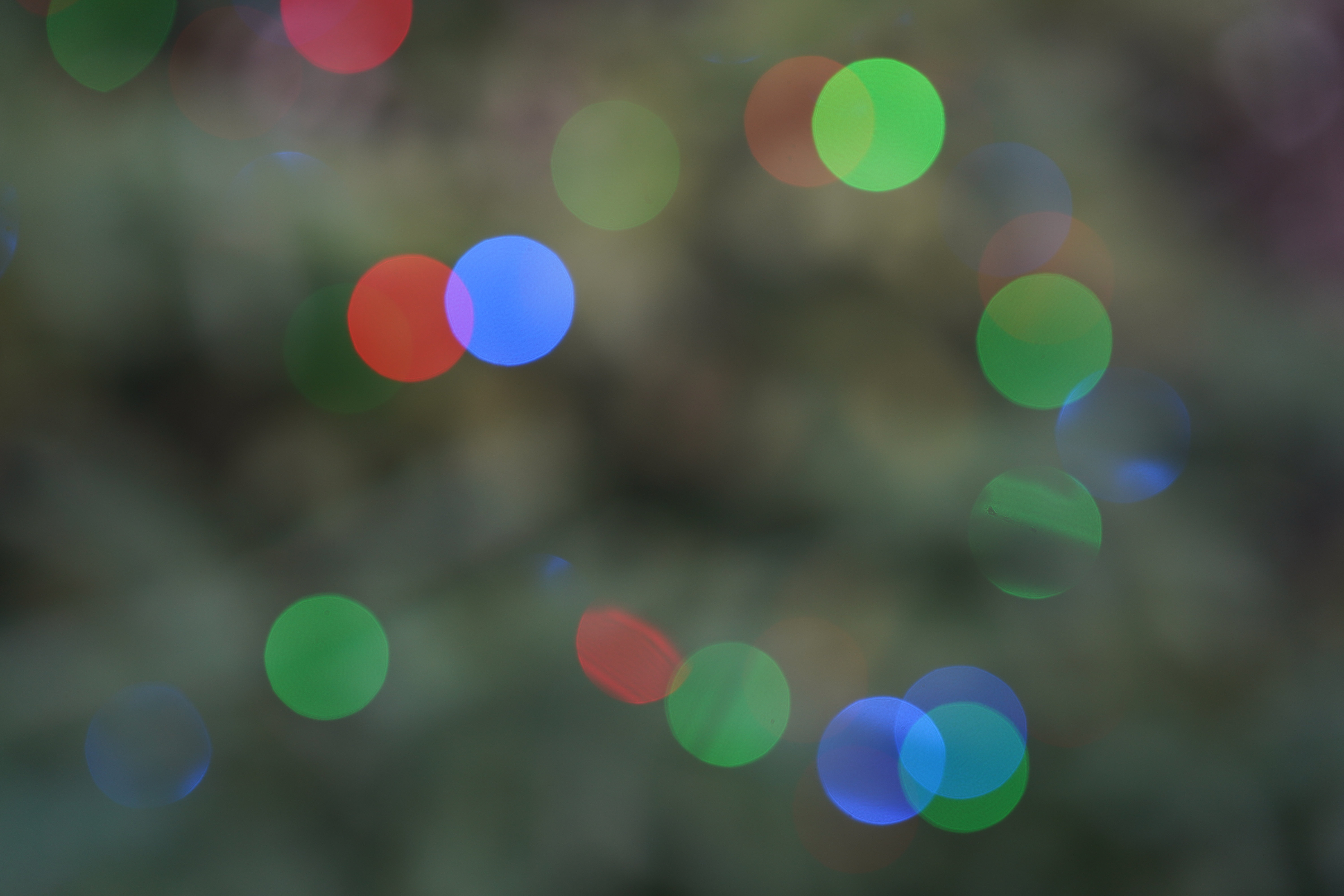
Bokeh in defocused fairy lights
This set of three images of defocused fairy lights were shot at f/1.4, f/2 and f/2.8. They show minimal ‘onion ring’ effect and that the 11-blade aperture diaphragm remains well-rounded when stopping down a little.
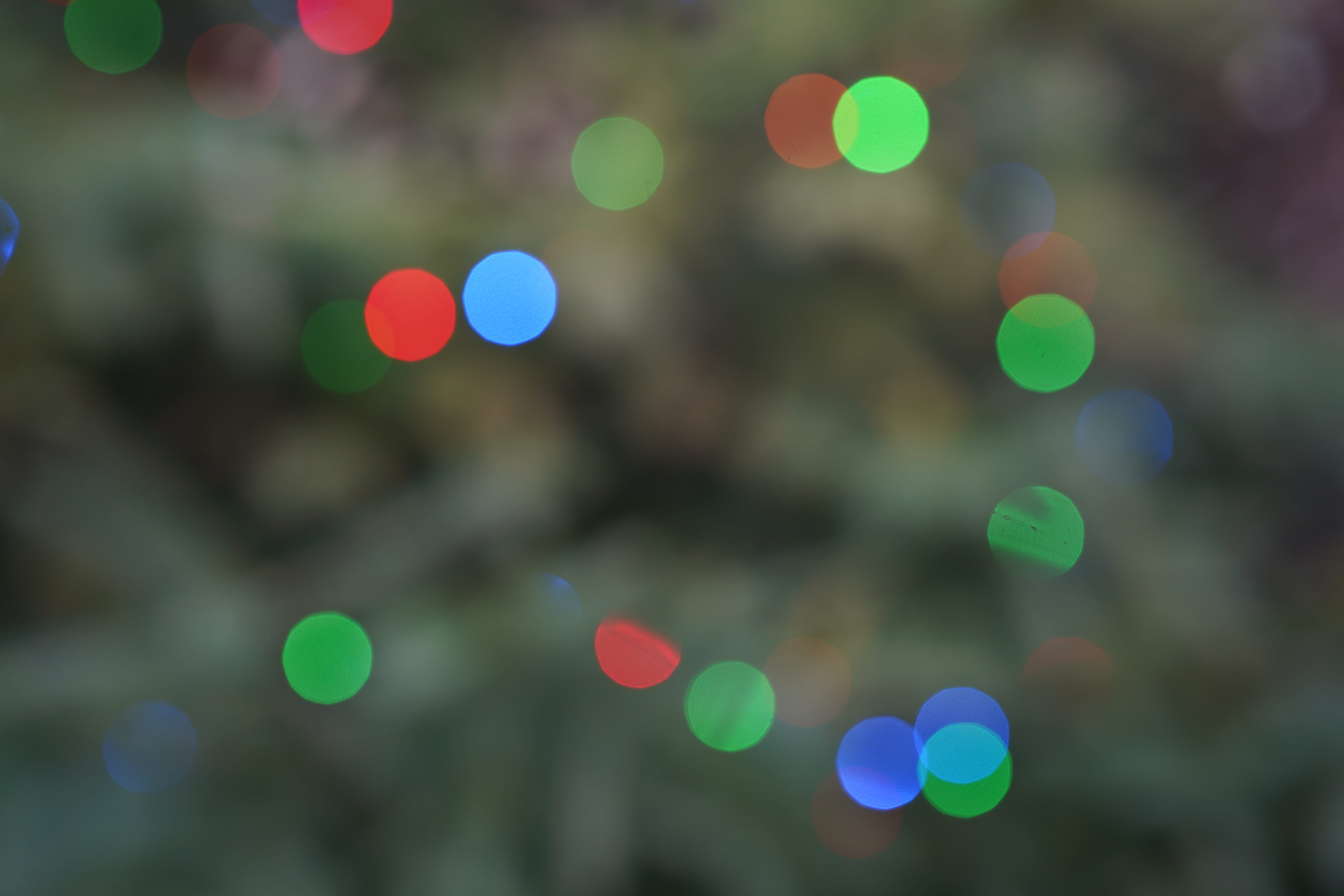
Bokeh in defocused fairy lights
This set of three images of defocused fairy lights were shot at f/1.4, f/2 and f/2.8. They show minimal ‘onion ring’ effect and that the 11-blade aperture diaphragm remains well-rounded when stopping down a little.
Lab results
We run a range of lab tests under controlled conditions, using the Imatest Master testing suite. Photos of test charts are taken across the range of apertures and zooms (where available), then analyzed for sharpness, distortion and chromatic aberrations.
We use Imatest SFR (spatial frequency response) charts and analysis software to plot lens resolution at the center of the image frame, corners and mid-point distances, across the range of aperture settings and, with zoom lenses, at four different focal lengths. The tests also measure distortion and color fringing (chromatic aberration).
Sharpness:
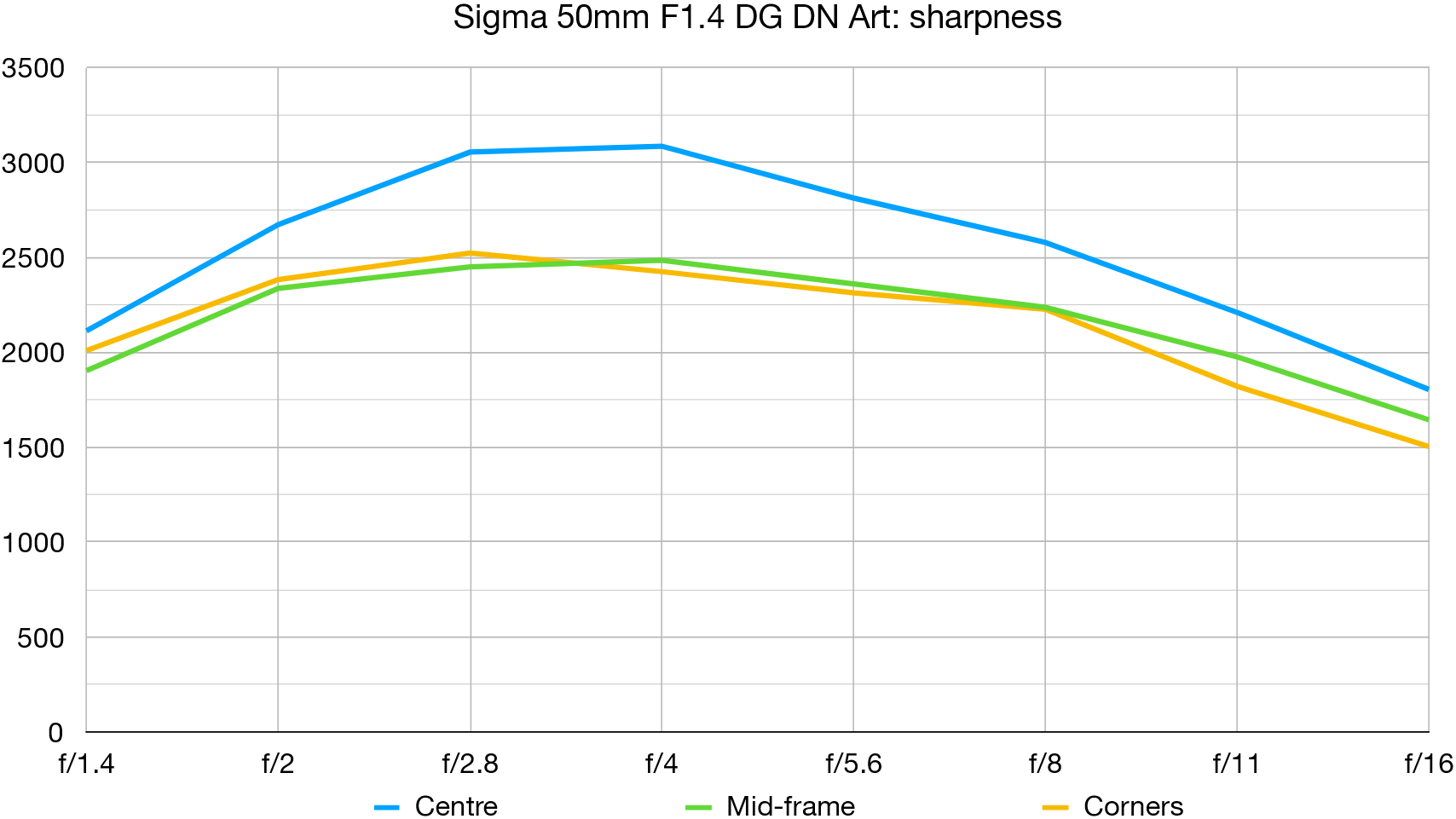
For a fast f/1.4 lens, corner-to-corner sharpness is absolutely scintillating when shooting wide-open and gets even more spectacular when stopping down a little. Particularly impressive is how consistently sharp the lens is across the entire image frame, right into the corners. Some prime lenses are engineered to be incredibly sharp in the center, but at the expense of mid-frame and corner sharpness. Not so the Sigma 50mm F1.4 DG DN Art.
Fringing:
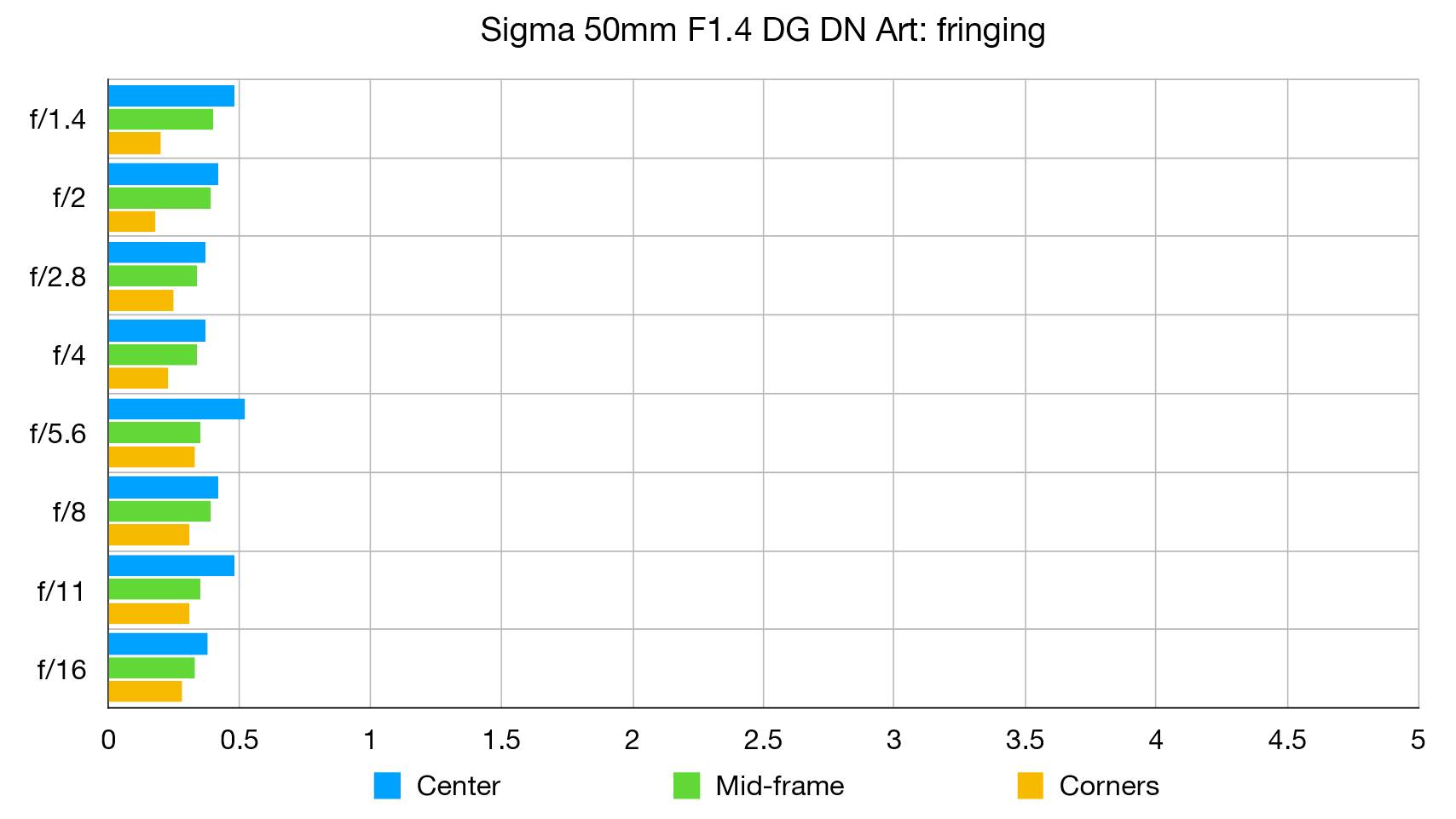
Lateral chromatic aberration is entirely negligible throughout the entire aperture range, even out at the edges and corners of the image frame. Axial chromatic aberration or ‘bokeh fringing’ is often problematic at very wide apertures with fast lenses, but it’s very minimal in this case.
Distortion: 2.76
Unlike the virtually distortion-free DG lens, the DN edition gives a level of pincushion distortion which can be rather noticeable when disabling in-camera correction. Reliance on auto correction has become increasingly common in recent lenses designed for mirrorless cameras.
Verdict
The new and improved Sigma 50mm DN Art lens for Sony E and Leica L mount shaves some of the size and weight off the previous ‘DG’ edition, while going extra-large on performance. It has quicker autofocus, a host of handling refinements and image quality to die for, combining epic sharpness even wide-open at f/1.4 with beautiful bokeh. Even so, it’s still a big lens for a ‘nifty fifty’ and relies a little on in-camera correction for pincushion distortion.
Read more:
• Best camera lenses to get
• Best Canon lenses
• Best Nikon lenses
• Best Sony lenses
Matthew Richards is a photographer and journalist who has spent years using and reviewing all manner of photo gear. He is Digital Camera World's principal lens reviewer – and has tested more primes and zooms than most people have had hot dinners!
His expertise with equipment doesn’t end there, though. He is also an encyclopedia when it comes to all manner of cameras, camera holsters and bags, flashguns, tripods and heads, printers, papers and inks, and just about anything imaging-related.
In an earlier life he was a broadcast engineer at the BBC, as well as a former editor of PC Guide.

